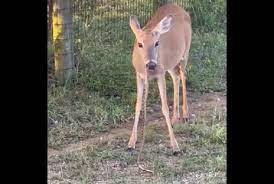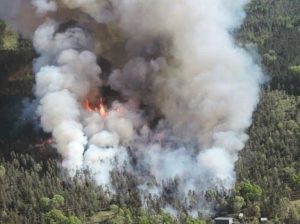The population of the critically endangered Saiga antelope has more than doubled since 2019, Kazakhstan said on Friday, citing the first aerial survey of the animals in two years.
News that the Central Asian country’s Saiga population has risen from 334,000 to 842,000 will hearten conservationists, who warned that the species was on the brink of extinction following a massive die-off in 2015.
Also Read | After 112 years in hiding, ‘extinct’ giant tortoise found in the Galapagos
In a statement, Kazakhstan’s ecology ministry called the population boom “an indicator of the effectiveness of measures to conserve saiga populations and counteract poaching”.
Kazakhstan’s vast steppe is home to the majority of the global Saiga antelope population with Russia’s Kalmykia region and Mongolia hosting much smaller numbers.
Also Read | Want to develop islands into Maldives: Lakshadweep admin justifies reform push
In 2015, around 200,000 of the antelopes — well over half the total global population at the time — were wiped out by what scientists later determined was a nasal bacterium that spread in unusually warm and humid conditions.
The 2019 aerial survey confirmed that the Saiga was continuing to rebound from the cataclysm but there was no survey in 2020 as Kazakhstan wrestled with the outbreak of the coronavirus.
The International Union for Conservation of Nature (IUCN), whose “Red List” is the scientific reference for threatened wildlife, lists the Saiga as among five critically endangered antelope species.
Also Read | How to stay cheerful during the COVID-19 times
Poaching is a persistent threat to the Saiga, known for its distinctive bulbous nose, fuelled by demand for horns in traditional Chinese medicine.
Kazakhstan’s leaders pledged to crack down on poaching after two state rangers were killed by poachers in 2019.
Earlier this month the ecological ministry said that around 350 female saiga antelopes had been killed by lightning.
The discovery came during the Saiga calving season.






